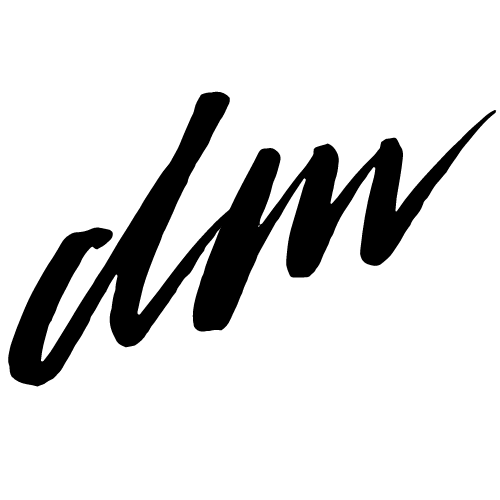Crowdsourcing cultural heritage (CCH) is typically performed on social media platforms or bespoke (custom-designed) websites.
Social media platforms
For cultural heritage institutions (CHIs), uploading images of digitised collection items to Flickr Commons is a relatively simple method of enabling volunteers to identify people and places in images, and provide contextual information. In 2013 Flickr Commons celebrated its success over the past five years, reporting that “more than 250,000 images have been uploaded from 56 different archives, libraries and museums, which produced more than 165,000 user comments and 2 million tags” (Kremerskothen, 2013). Wikipedia is another popular platform for CCH, with an increasing number of CHIs hosting ‘edit-a-thons’ to encourage volunteers to create or enhance entries about or related to collection items (Phillips, 2013; Wyatt, 2011; Yeates et al., 2015).
Exploratory studies suggest that the use of Facebook for CCH has potential. For example, Paraschakis (2013) developed the Facebook application prototype Art Collector, as part of a study on crowdsourcing cultural heritage metadata through social media gaming. Based on the results of beta testing, the author concluded that “deploying metadata games on social networking platforms is a feasible method for digital archives to harness human intelligence from large shared spaces” (Paraschakis, 2013, p. 2).
In his study Paraschakis (2013, p. 25) provides a useful summary of the trade-offs of using social media sites like Facebook and Flickr for CCH. Crowdsourcers using social media sites can leverage existing features and functionality, and implement applications quickly. Many volunteers will already be familiar with the sites, and using them for CCH increases the visibility of collections in a space where potential participants are already active. As seen in the example of Flickr Commons, cultural heritage content can be aggregated with that of other organizations, which provides economies of scale.
However, there are also some disadvantages and potential risks. Crowdsourcers are limited as to how their content can be presented, and a host site’s functionality and policies can change without notice. Crowdsourcers using third-party software need to consider how to extract the metadata produced and integrate project output into the organisation’s digital collection, and ensure long-term access to volunteer contributions. Consideration also needs to be given to copyright and privacy concerns regarding the content exposed.
Bespoke websites
The production and use of customizable open source software for CCH is increasingly common (Ridge, 2014, p. 6), and in some cases this is enabling crowdsourcers to maximise the benefits and minimize the disadvantages described above. The site for Transcribe Bentham (TB), for example, is a customised installation of the MediaWiki software application. In one of several case studies on the project, Causer and Terras (Ridge, 2014, pp. 61-63) explain that,
The use of MediaWiki is a key factor in Transcribe Bentham’s success: it is perhaps the world’s single most widely used collaborative open-source software for authoring online content, is stable, well documented and has a global user base. Moreover, it is an interface which is instantly familiar to the millions of people who use Wikipedia each day, is customisable, easily maintained and offers a full revision history for every individual page in case of malicious or accidental edits, or spam.
At first glance, free open source software for CCH seems an obvious choice for resource-strapped organisations. However, the time, expertise and resources required for customisation and implementation has resulted in it being widely perceived as “free as in puppies” (Wiggins, 2013). Furthermore, like third-party platforms, open source software imposes functional and cosmetic constraints that influence task design and visual appearance. In this regard the TB project team warns that, “care must be taken not to let the technology lead the development: there are numerous potential demographic groups of participants for the project, and the site must strive to provide a welcoming, rewarding and addictive experience for volunteers of all ages and backgrounds” (Moyle, Tonra, & Wallace, 2011, p. 351). For these reasons, many crowdsourcers choose a more tailored approach.
A typical bespoke website for CCH has an institution-branded homepage that describes the project and invites volunteer participation, and pages for instructing volunteers and performing tasks. Other pages present detailed information about the project and the project team; enable volunteer registration, personal account management and communication; display project progress; and provide access to project output for public use (Ridge, 2014, p. 99).
The selection of a generic platform or custom solution depends on the type and complexity of the crowdsourced process, and the time and resources available to crowdsourcers (Brabham, 2013, p. 100; Ridge, 2014). As Eccles and Greg (Ridge, 2014, p. 202) observe in a case study on the CCH project Your Paintings Tagger, websites for CCH play an essential role in project success, but they can be “complex to design and expensive to create”. In many cases this leaves few resources available for post-launch improvements, which can be important for meeting the needs of volunteers.
Learn more
Motivations to crowdsource and contribute
